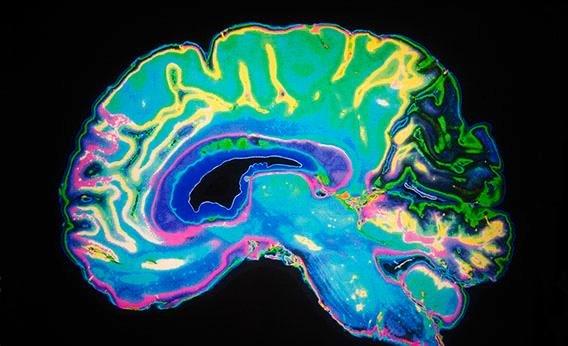I come from a long line of substance abusers that reaches back several generations. Watching family members get on the road to sobriety has helped me understand that the part of the brain that has to rebuild itself during recovery is the same part of the brain that processes bias.
Addiction thrives in the emotional part of the brain. It causes a defect in brain processing where this part of the brain overpowers the thinking part of the brain and causes the addict to make poor choices. The stress on the addict’s brain stimulates the survival instinct within the emotional brain that the addict interprets as a threat.
This persistent stress causes addicts to take risks they normally would avoid. Their brains essentially lose the ability to perceive pleasure and reward accurately. The emotional brain recognizes this deficit and responds by providing the addict with the opportunity to use substances which release dopamine, a chemical in the brain responsible for experiencing pleasure. As the stress increases, the emotional brain triggers an insatiable craving for the feeling the substance produces for the addict.
The alarm and fear that differences create in our emotional brain follow a similar path. Differences drive our adrenaline up and our dopamine levels down. Conversely, similarities push our adrenaline down and elevate the pleasure molecule, dopamine. Just like the addict who is drawn to his/her substance of choice, we are drawn to people and things that give us pleasure and look like us, talk like us and act like us.
As addicts have to rebuild this relationship between the thinking and feeling parts of their brain to get sober, we too have to manage the tension between the modern and primitive parts of our brains if we are to recognize, embrace and manage differences.
The key is to slow down the emotional reaction in our primitive brain long enough so that the thinking part of the brain can help us make a determination regarding the appropriate response to the difference. The key here is not to eliminate the bias toward the difference but to control it by identifying our triggers. Once we avoid the emotional hijack our primitive brain is offering us by doing or saying something inappropriate toward the difference, we enter this space called constructive uncertainty where we have an opportunity to look at the difference in a more objective and constructive manner.
Let’s summarize the similarities of brain activity for addicts and those of us who struggle with seeing people and things as they truly are.
• Substances stimulate the reward center in the brains of addicts by increasing the production of dopamine. Similarities excite the same section of the brain which causes us to gravitate toward people and things like us.
• Substance abuse tricks the brain into thinking it has been rewarded. Differences trick us into thinking we have to fight differences or run from them.
• Substance abuse influences addicts to put too much importance on the feeling of pleasure. Similarities do the same thing which forces us to stay in homogeneous groups, neighborhoods, schools and workplaces by building relationships with only our kind of people.
• The addict’s brain over time learns to associate certain triggers that reward their craving for things that are self-destructive. Over our lifetimes, we develop schemas or blue prints for how we organize our lives around similarities. When confronted by differences, these schemas can talk us out of being curious about differences and cause us to lose out on the benefits of diversity and inclusion.
As the addict suffers from the disease of substance abuse, we too suffer from the disease of bias. Like the addict who will always be an addict, we too will suffer from bias as long as we have a brain. Like the addict who seeks sobriety, they understand the importance of rebuilding their brains to make better choices when it comes to controlling their triggers and cravings. As addicts to bias, so should we get on the path toward identifying our triggers to differences that prevent us from seeing people and things as they truly are!
As I continue my recovery from bias, I am reminded of the lessons learned from addicts in my family. Sobriety is about the restoration of an addict to him/herself, their families and their communities. Inclusion is a restoration effort as well. Like recovery, it is a message of hope. An implication that as crazy as it sounds, that maybe one day all addictions can be controlled including the addiction to bias.





Leave a Reply
You must be logged in to post a comment.